Home>Furniture & Design>Bathroom Accessories>How Does Bathtub Drain Stopper Work
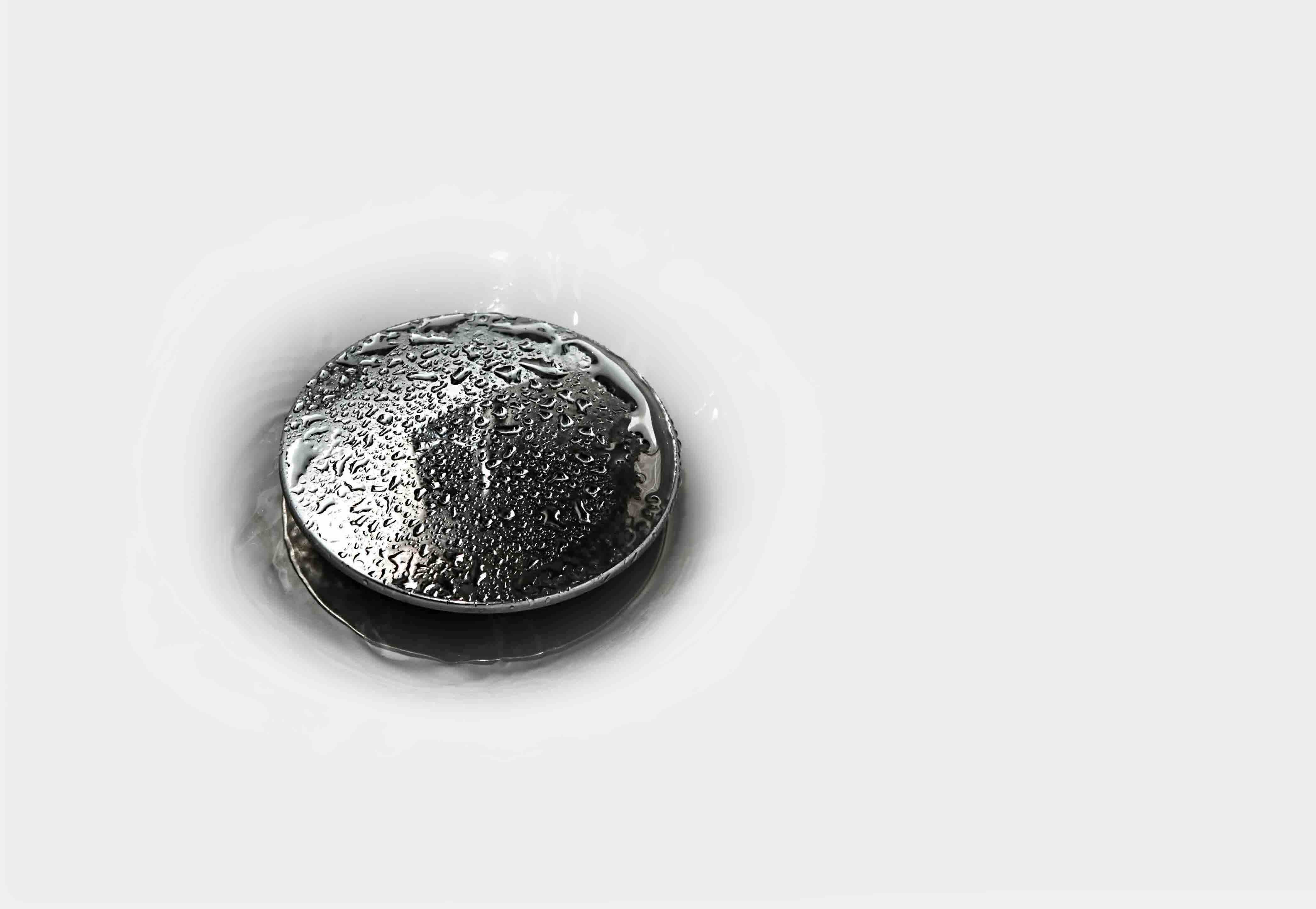

Bathroom Accessories
How Does Bathtub Drain Stopper Work
Published: February 17, 2024
Learn how bathtub drain stoppers work and the different types available. Find the best bathroom accessories for your needs and keep your tub draining smoothly. Discover expert tips and advice.
(Many of the links in this article redirect to a specific reviewed product. Your purchase of these products through affiliate links helps to generate commission for Storables.com, at no extra cost. Learn more)
Introduction
The bathtub drain stopper is a seemingly simple yet essential component of any bathtub. It plays a crucial role in controlling the flow of water and preventing it from draining out of the tub. Whether you're enjoying a relaxing soak or taking a quick shower, the drain stopper is there, quietly doing its job to keep the water where it belongs.
Understanding how bathtub drain stoppers work and the different types available can provide valuable insights into the inner workings of your bathroom. From the traditional rubber stoppers to the more modern pop-up and toe-touch stoppers, each type has its unique features and mechanisms. By delving into the intricacies of these stoppers, you can gain a deeper appreciation for the engineering and design that goes into such a seemingly mundane bathroom accessory.
In this article, we will explore the fascinating world of bathtub drain stoppers, shedding light on their various types, mechanisms, common problems, and solutions. By the end of this journey, you will have a newfound understanding of these unassuming yet indispensable fixtures, allowing you to make informed decisions when it comes to maintaining and upgrading your bathroom. So, let's dive in and unravel the mysteries of bathtub drain stoppers!
Key Takeaways:
- Bathtub drain stoppers come in various types, from traditional rubber to modern pop-up and toe-touch stoppers, each with unique features and mechanisms, catering to different preferences and needs.
- Understanding common problems like clogging, stuck stoppers, leaks, and mechanical malfunctions, empowers homeowners to maintain and address issues with their bathtub drain stoppers, ensuring optimal functionality and longevity.
Read more: Where To Buy Bathtub Drain Stopper
Types of Bathtub Drain Stoppers
When it comes to bathtub drain stoppers, there is a diverse range of types, each with its own unique features and mechanisms. Understanding the distinctions between these stoppers can help you choose the right one for your bathtub and gain insight into how they function. Let's explore the various types of bathtub drain stoppers:
1. Traditional Rubber Stoppers
The traditional rubber stopper is a classic fixture in many older bathtubs. It consists of a simple rubber plug attached to a chain that can be pulled up or released to allow water to drain. This type of stopper is operated manually, making it a reliable and low-maintenance option. However, it may not provide the most precise control over water flow, and the chain mechanism can be prone to wear and tear over time.
2. Pop-Up Stoppers
Pop-up stoppers are a popular choice in modern bathtubs due to their sleek and seamless design. These stoppers feature a knob or lever on the bathtub's overflow cover, which, when activated, raises or lowers the stopper inside the drain. The smooth, integrated appearance of pop-up stoppers adds a touch of sophistication to the bathtub while offering convenient operation. However, they may be more complex to repair or replace compared to traditional rubber stoppers.
3. Toe-Touch Stoppers
Toe-touch stoppers are designed for effortless operation, allowing users to open and close the drain with a simple press of their toe. This hands-free approach makes toe-touch stoppers a convenient option for those who prefer a hygienic and hassle-free way to manage water flow in the bathtub. The mechanism is typically located within the drain itself, offering a clean and unobtrusive appearance.
Read more: How Does A Bathtub Overflow Drain Work?
4. Flip-It Stoppers
Flip-it stoppers feature a unique toggle-style design that allows users to flip the stopper up or down to control water drainage. This type of stopper is known for its durability and ease of use, making it a practical choice for households seeking a reliable and straightforward solution for their bathtub drainage needs.
5. Push-Pull Stoppers
Push-pull stoppers are operated by pushing or pulling a knob located on the bathtub's overflow cover. This action raises or lowers the stopper inside the drain, providing a convenient and visually unobtrusive way to manage water flow. The simplicity of the push-pull mechanism makes it a user-friendly option for individuals seeking a straightforward and effective stopper design.
Understanding the different types of bathtub drain stoppers can empower you to make informed decisions when selecting or maintaining the stopper in your bathtub. Each type offers its own blend of functionality, aesthetics, and ease of use, catering to a diverse range of preferences and requirements. Whether you prefer the simplicity of a traditional rubber stopper or the modern convenience of a pop-up or toe-touch stopper, there is a solution tailored to your needs.
Mechanism of Bathtub Drain Stoppers
The mechanism of bathtub drain stoppers varies depending on the type, with each design offering its own unique approach to controlling water flow. Understanding the inner workings of these stoppers can provide valuable insights into their functionality and maintenance requirements. Let's delve into the fascinating mechanisms behind different types of bathtub drain stoppers:
Traditional Rubber Stoppers
Traditional rubber stoppers operate on a simple yet effective mechanism. When the stopper is in the closed position, the rubber plug creates a seal within the drain, preventing water from escaping. By pulling up the attached chain, the plug is lifted, allowing water to flow through the drain. This manual operation makes traditional rubber stoppers a reliable and straightforward option for controlling water retention in the bathtub.
Read more: How Do Bathtub Drains Work
Pop-Up Stoppers
Pop-up stoppers feature a more intricate mechanism that is integrated into the bathtub's overflow cover. When the lever or knob on the overflow cover is activated, it triggers a linkage mechanism that raises or lowers the stopper inside the drain. This action effectively opens or closes the drain, providing precise control over water flow. The seamless and modern appearance of pop-up stoppers is complemented by their sophisticated internal mechanism, making them a popular choice in contemporary bathrooms.
Toe-Touch Stoppers
The mechanism of toe-touch stoppers is designed for effortless operation. Located within the drain, the toe-touch mechanism allows users to open and close the drain by simply pressing their toe against the designated area. This hands-free approach not only offers convenience but also maintains a hygienic environment by eliminating the need for manual contact with the stopper. The internal mechanism of toe-touch stoppers exemplifies a blend of user-friendly design and practical functionality.
Flip-It Stoppers
Flip-it stoppers feature a toggle-style mechanism that enables users to flip the stopper up or down to control water drainage. The simplicity of this mechanism contributes to the durability and ease of use associated with flip-it stoppers. By providing a straightforward way to manipulate the stopper position, the flip-it mechanism offers a reliable solution for managing water retention in the bathtub.
Push-Pull Stoppers
The mechanism of push-pull stoppers involves a knob located on the bathtub's overflow cover. By pushing or pulling the knob, users can raise or lower the stopper inside the drain, effectively regulating water flow. This mechanism offers a visually unobtrusive and user-friendly approach to controlling the drain, catering to individuals seeking a straightforward and efficient stopper design.
By understanding the mechanisms of different bathtub drain stoppers, individuals can gain a deeper appreciation for the engineering and design that goes into these essential bathroom fixtures. Whether it's the simplicity of traditional rubber stoppers or the modern sophistication of pop-up and toe-touch stoppers, each mechanism serves the vital function of managing water flow in the bathtub. This insight can guide homeowners in selecting the most suitable stopper for their specific needs and preferences.
Read more: How To Remove A Bathtub Stopper
Common Problems and Solutions
Bathtub drain stoppers, like any other bathroom fixture, are susceptible to a range of common problems that can affect their functionality. Understanding these issues and their respective solutions can empower homeowners to address minor concerns and maintain their bathtub drain stoppers effectively.
1. Clogging and Slow Drainage
One of the most prevalent issues with bathtub drain stoppers is clogging, leading to slow drainage or standing water in the tub. This can occur due to the accumulation of hair, soap scum, and debris in the drain. To address this problem, homeowners can use a drain snake or a plunger to dislodge the clog. Additionally, regular maintenance, such as using a hair catcher and periodically flushing the drain with hot water and vinegar, can help prevent clogging.
2. Stuck or Jammed Stopper
Over time, bathtub drain stoppers may become stuck or jammed in the closed or open position, hindering their normal operation. This can be caused by mineral buildup, corrosion, or mechanical issues. To resolve this, homeowners can use a lubricant to loosen the stopper mechanism and gently manipulate it to free it from its stuck position. In some cases, disassembling the stopper for thorough cleaning and maintenance may be necessary.
3. Leaks and Seal Breakage
Leaks around the bathtub drain stopper can occur due to worn-out seals or gaskets, leading to water seepage and potential water damage. To address this issue, homeowners can inspect the seals and gaskets for signs of wear and tear, replacing them if necessary. Ensuring a proper seal around the stopper can prevent leaks and maintain the integrity of the bathtub drainage system.
Read more: How To Replace Stopper In A Bathtub
4. Mechanical Malfunctions
In some instances, the mechanical components of bathtub drain stoppers, such as the linkage system in pop-up stoppers or the toe-touch mechanism, may experience malfunctions, affecting their ability to open or close the drain effectively. Homeowners can troubleshoot these issues by carefully examining the internal components, adjusting any misaligned parts, and ensuring that the stopper operates smoothly.
5. Aesthetic Deterioration
Beyond functional issues, bathtub drain stoppers may also suffer from aesthetic deterioration, such as tarnishing, discoloration, or visible wear and tear. To address this, homeowners can consider refinishing or replacing the stopper to restore the visual appeal of the bathtub and maintain a cohesive bathroom aesthetic.
By being aware of these common problems and their respective solutions, homeowners can take proactive measures to address issues with their bathtub drain stoppers, ensuring optimal functionality and longevity. Regular maintenance, prompt repairs, and occasional upgrades can contribute to a well-maintained and efficient bathtub drainage system, enhancing the overall bathing experience.
Conclusion
In conclusion, the world of bathtub drain stoppers is a fascinating blend of functionality, design, and practicality. From the traditional reliability of rubber stoppers to the modern convenience of pop-up and toe-touch stoppers, each type offers its own unique features and mechanisms. Understanding the inner workings of these stoppers provides valuable insights into their operation and maintenance, empowering homeowners to make informed decisions when it comes to selecting, maintaining, or upgrading their bathtub drain stoppers.
The diverse range of issues that can affect bathtub drain stoppers, from clogging and mechanical malfunctions to aesthetic deterioration, underscores the importance of regular maintenance and prompt attention to minor concerns. By addressing these common problems and implementing the respective solutions, homeowners can ensure that their bathtub drain stoppers function optimally, contributing to a seamless and enjoyable bathing experience.
Furthermore, the evolution of bathtub drain stoppers reflects the ongoing innovation and refinement in bathroom accessory design. The integration of user-friendly mechanisms, such as the toe-touch and push-pull systems, demonstrates a commitment to enhancing convenience and hygiene in the bathroom environment. As homeowners seek to create stylish and functional bathrooms, the choice of a suitable bathtub drain stopper plays a significant role in achieving a cohesive and efficient space.
Ultimately, the humble bathtub drain stopper, often overlooked in its significance, serves as a vital component in maintaining water retention and controlling drainage in the bathtub. By gaining a deeper understanding of the various types, mechanisms, and maintenance considerations associated with bathtub drain stoppers, homeowners can elevate their appreciation for these essential fixtures and ensure their longevity and performance.
As we conclude our exploration of bathtub drain stoppers, it is evident that these seemingly simple bathroom accessories embody a blend of practicality, innovation, and design, contributing to the overall functionality and aesthetic appeal of the modern bathroom. With this newfound knowledge, homeowners can approach their bathroom maintenance and renovation endeavors with confidence, knowing that the selection and care of their bathtub drain stoppers are integral to creating a harmonious and efficient bathing space.
Frequently Asked Questions about How Does Bathtub Drain Stopper Work
Was this page helpful?
At Storables.com, we guarantee accurate and reliable information. Our content, validated by Expert Board Contributors, is crafted following stringent Editorial Policies. We're committed to providing you with well-researched, expert-backed insights for all your informational needs.
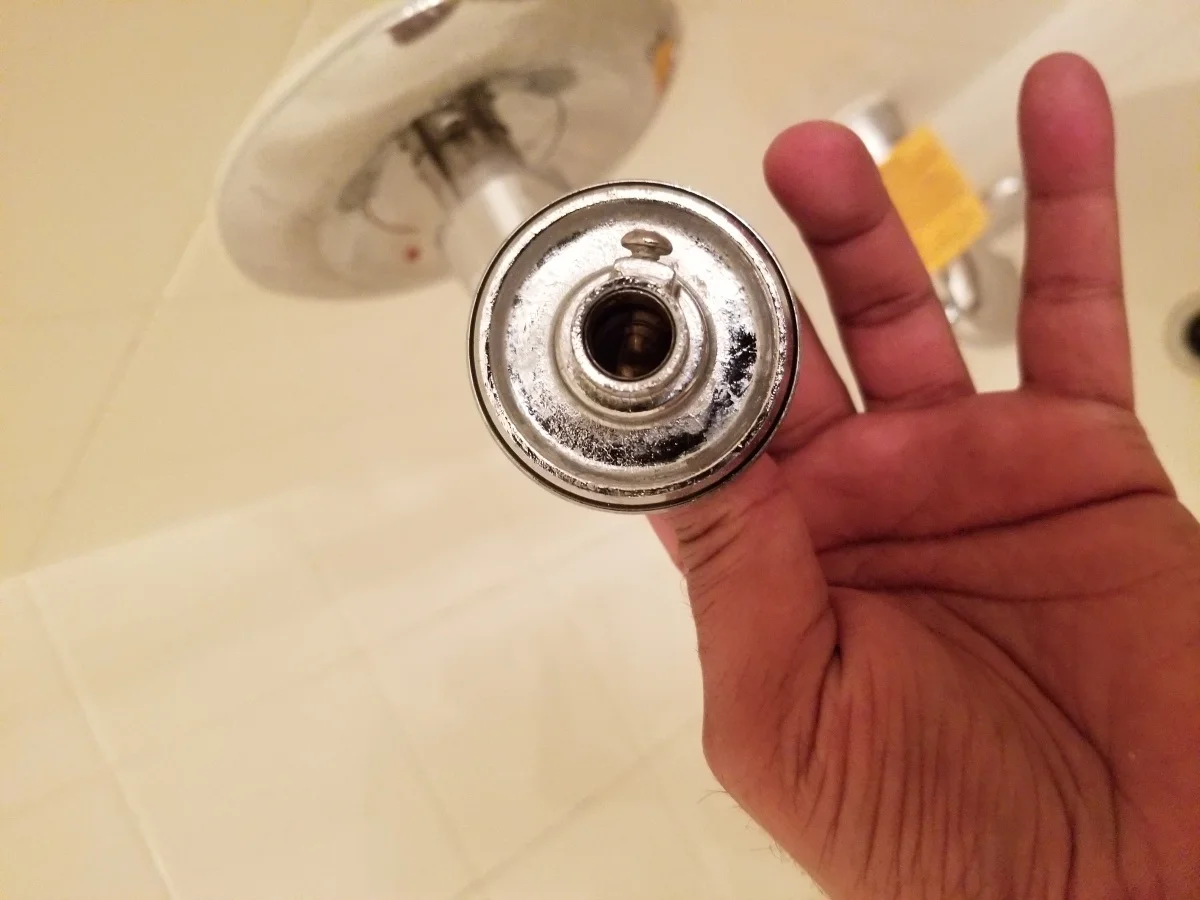
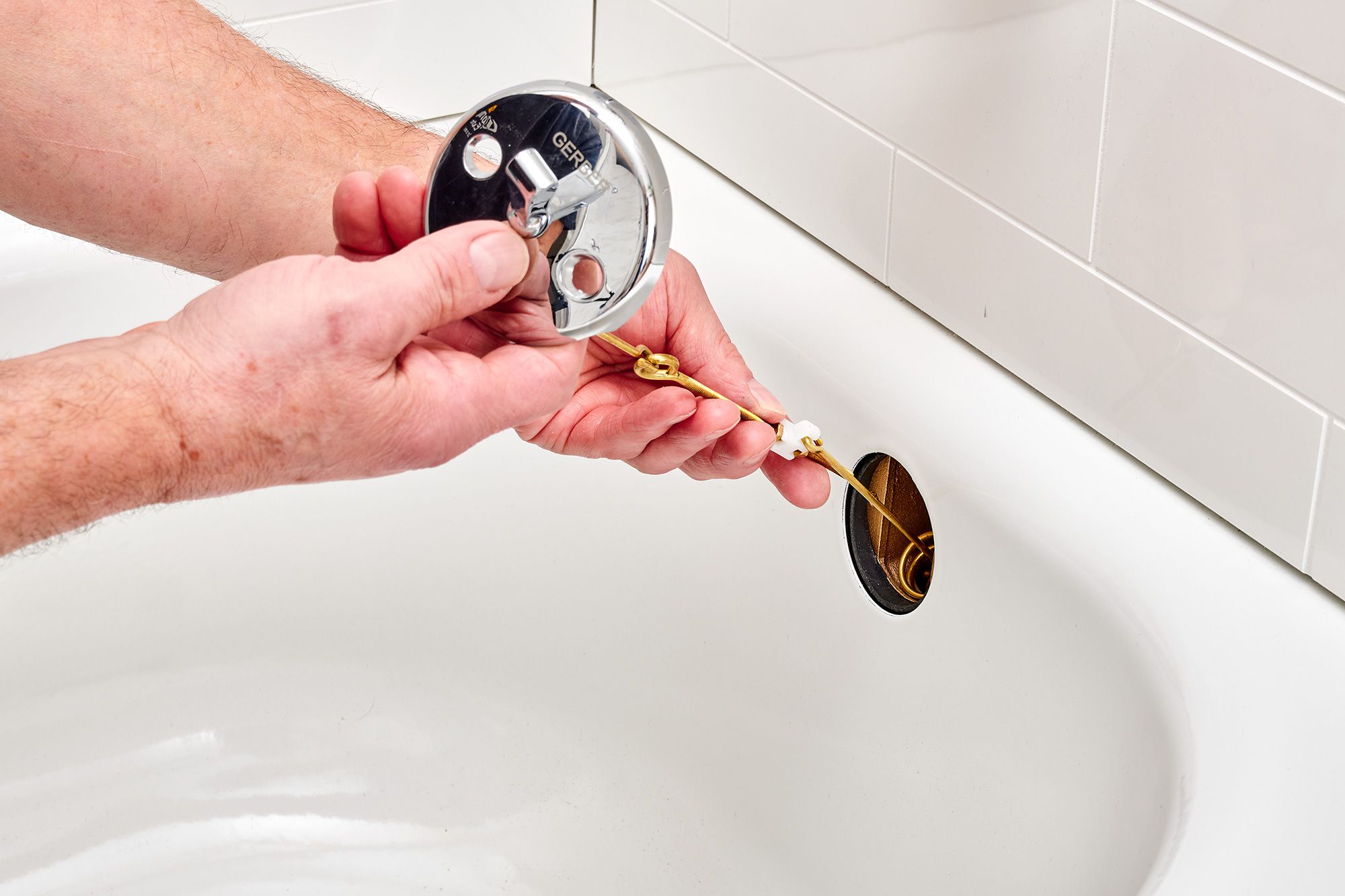
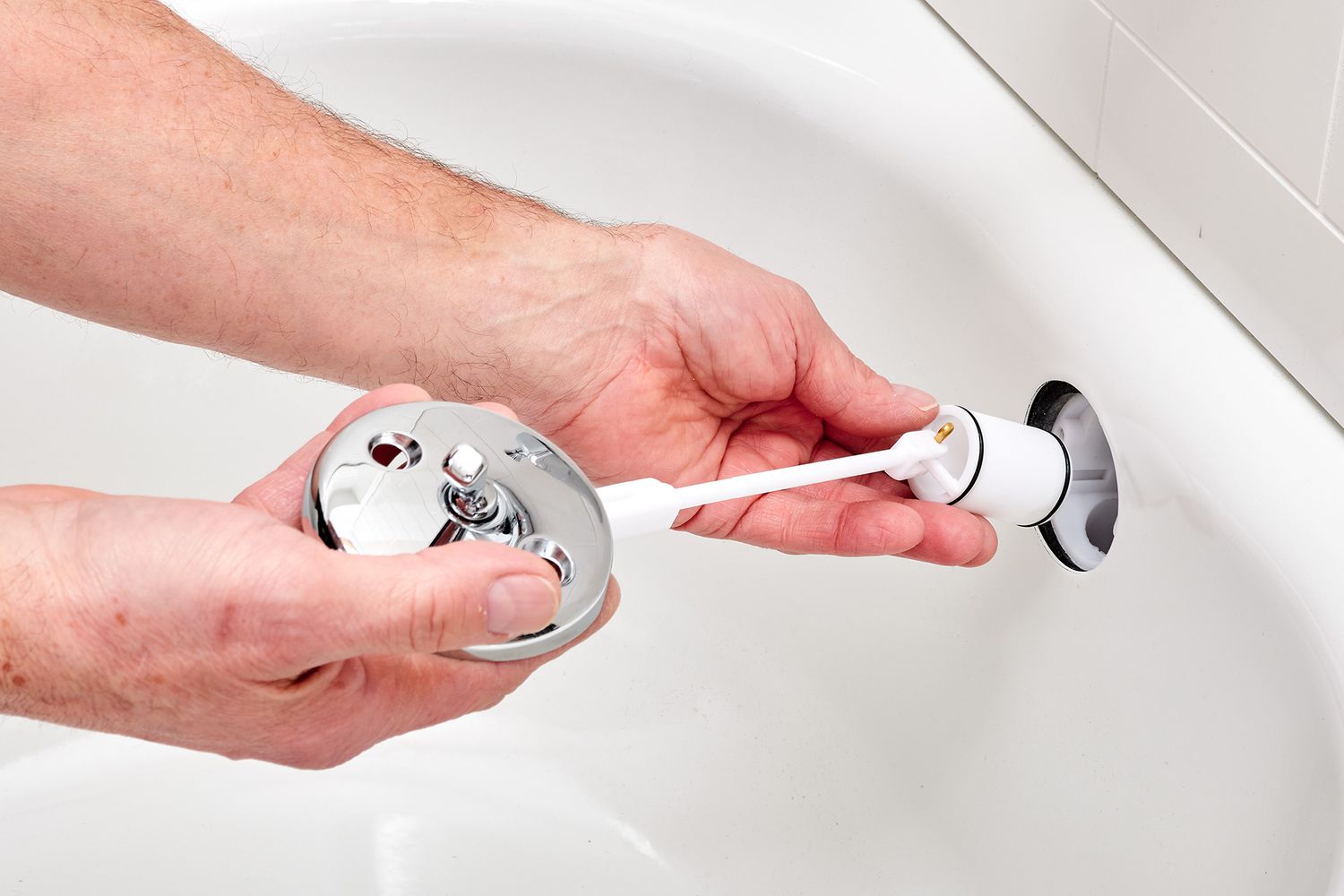
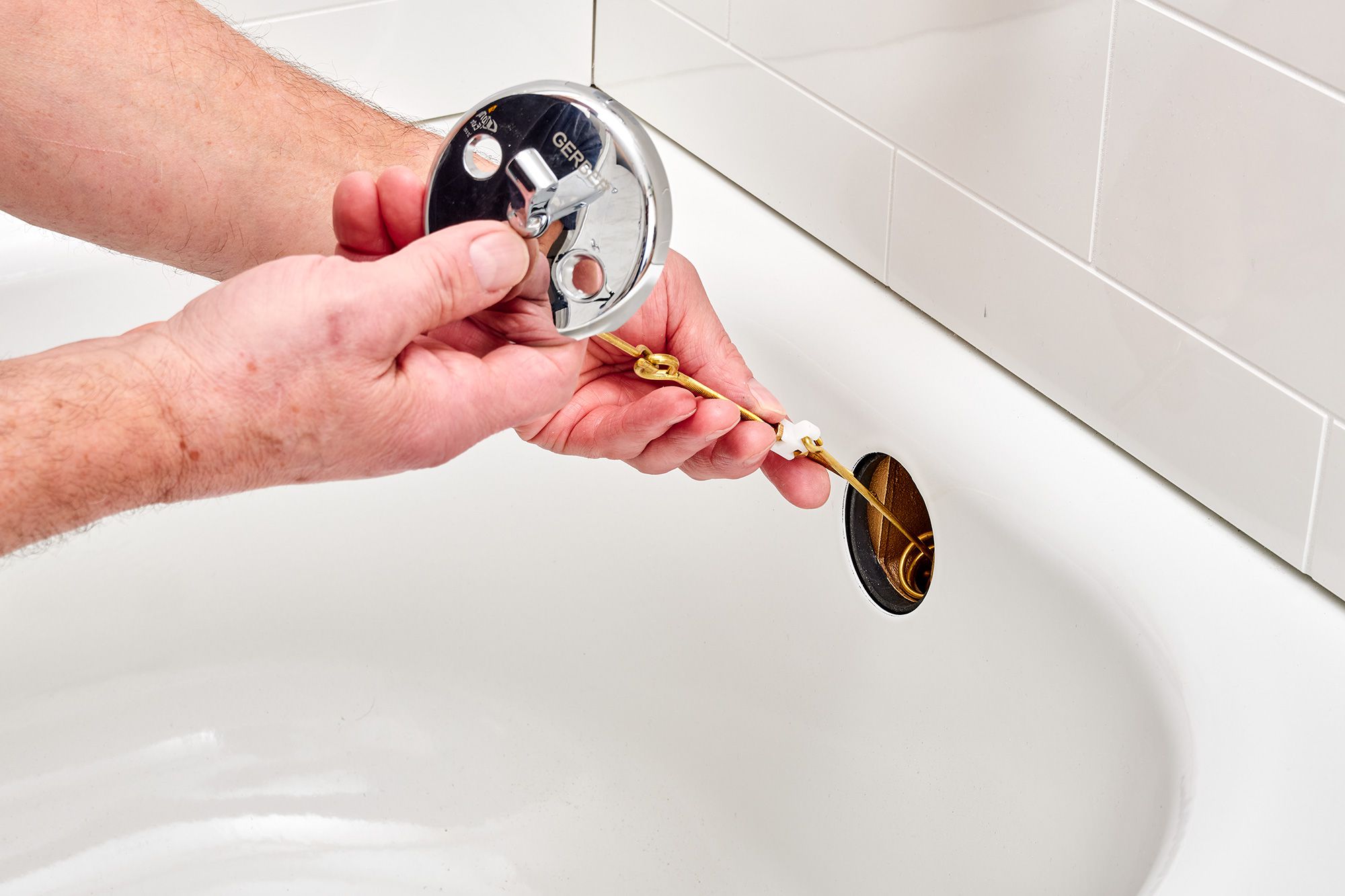
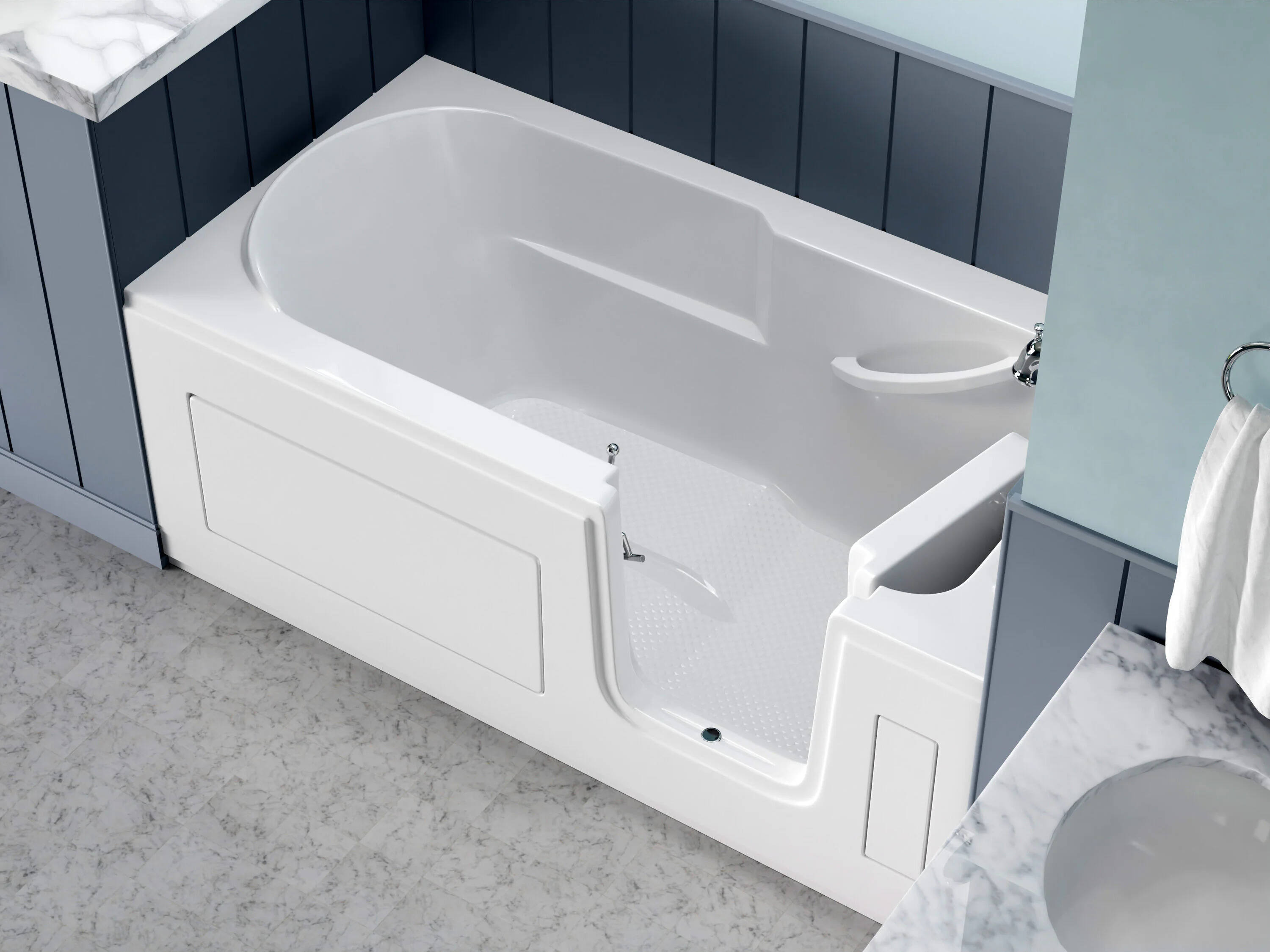
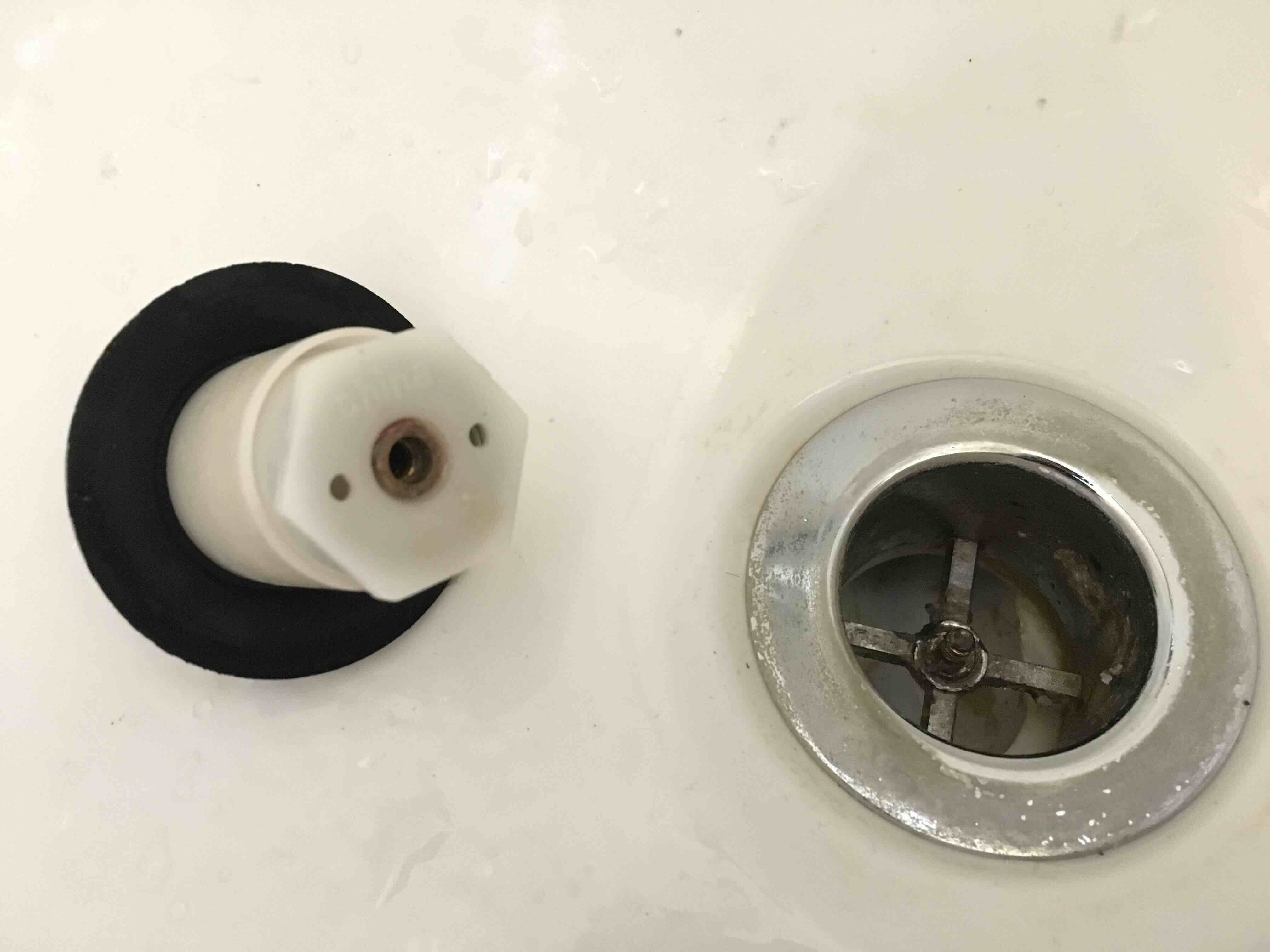
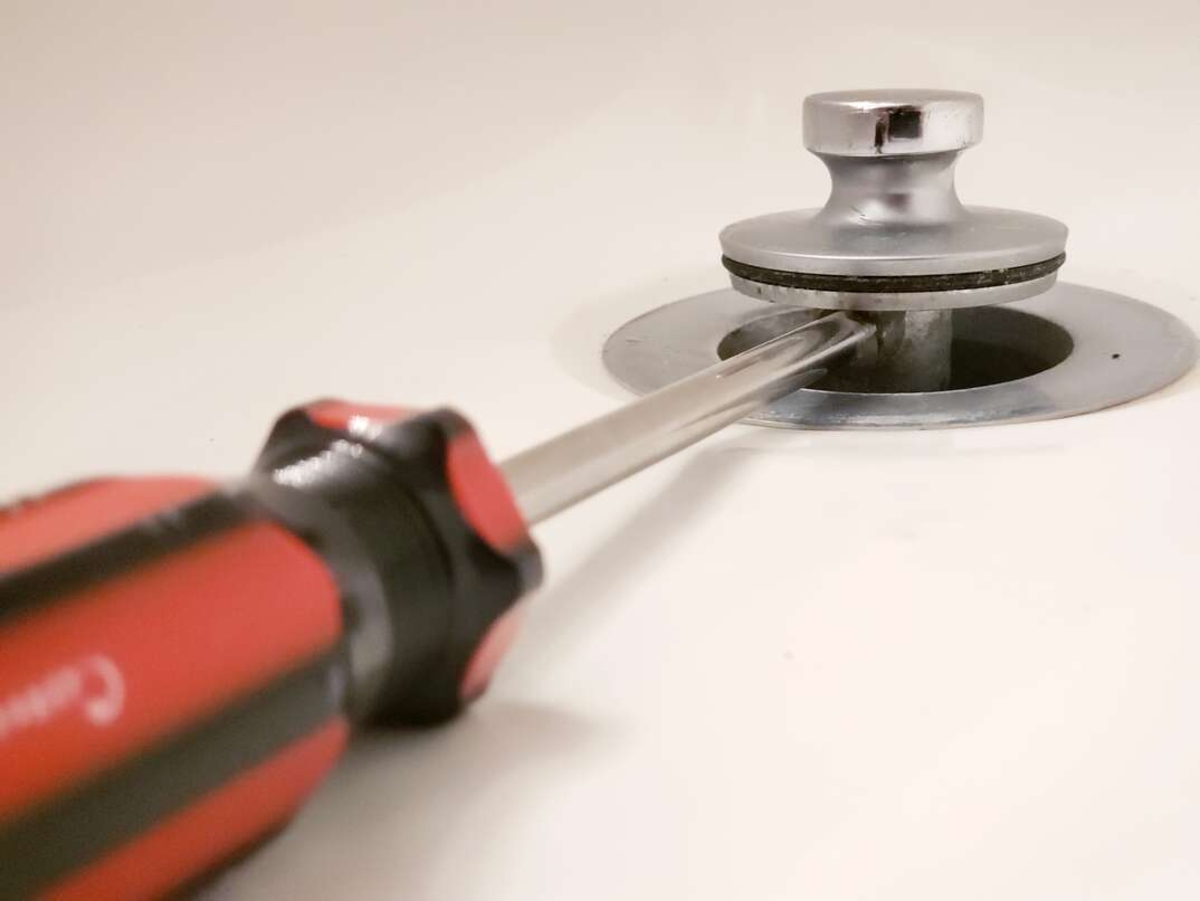
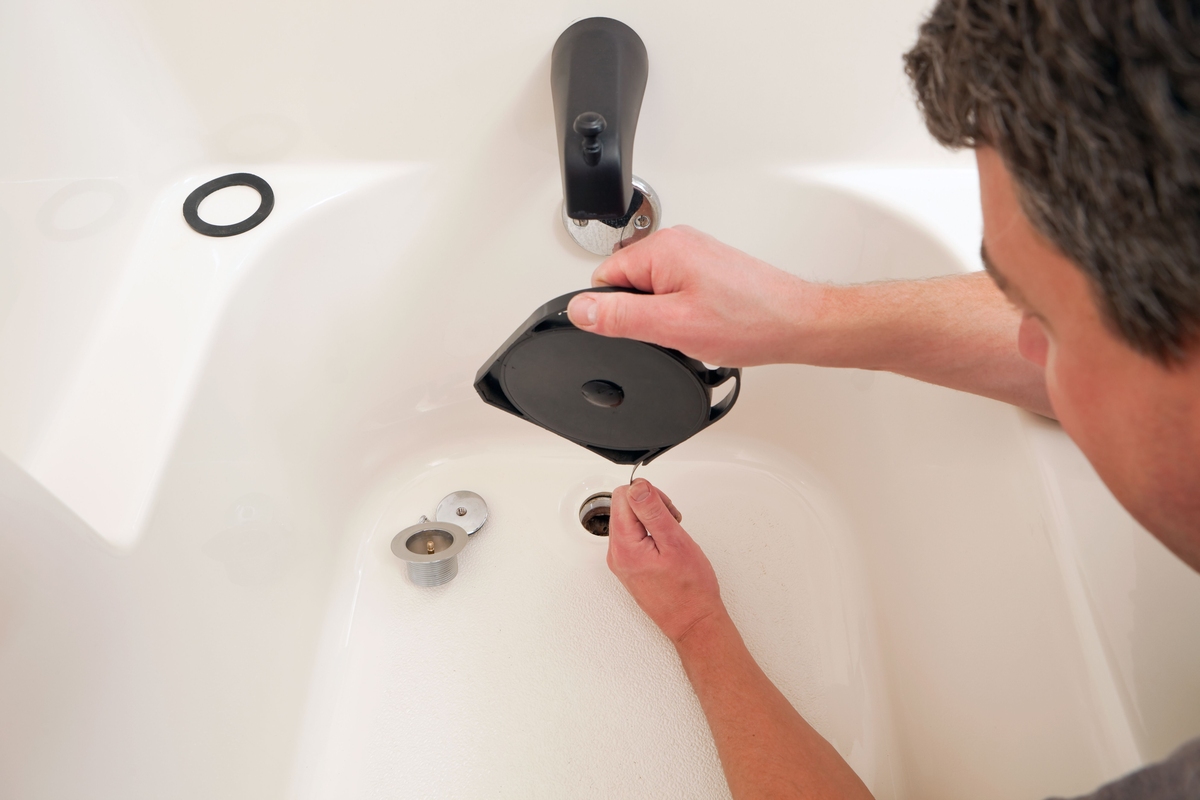
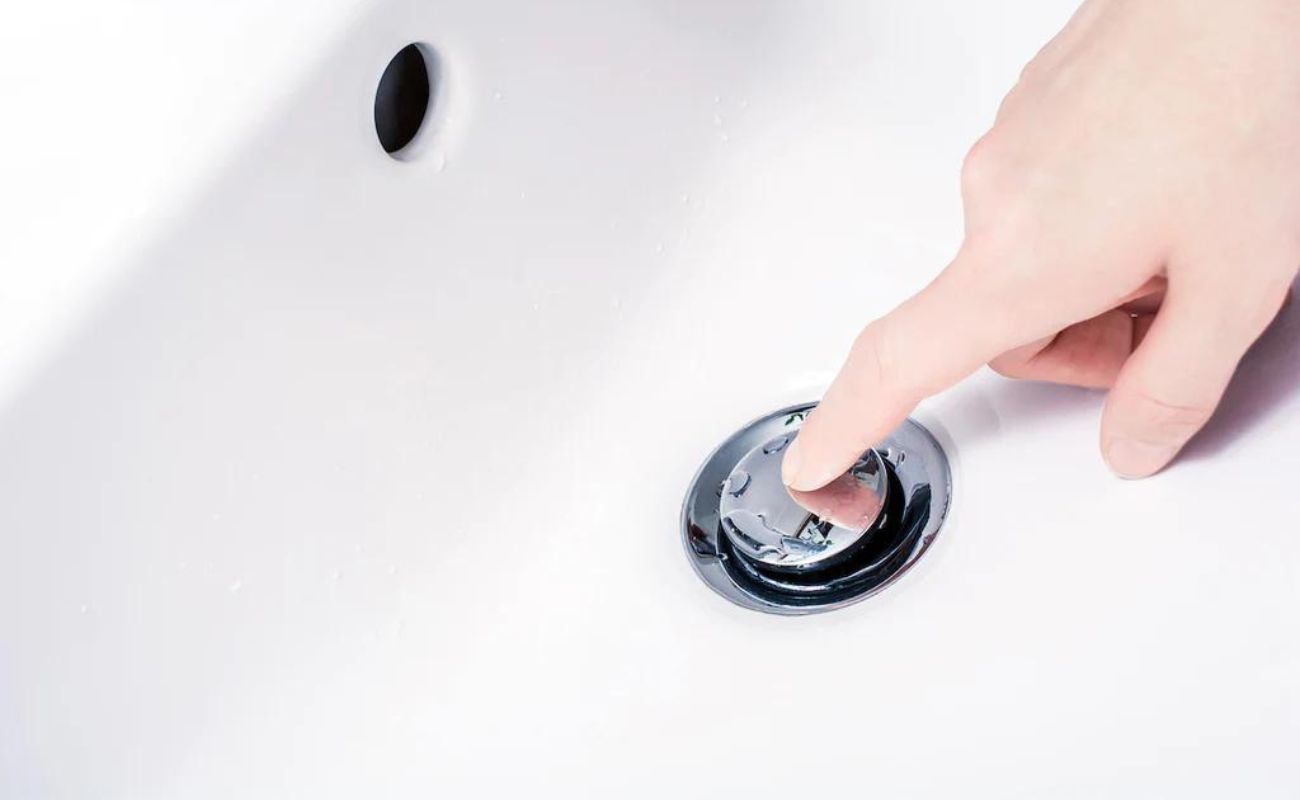
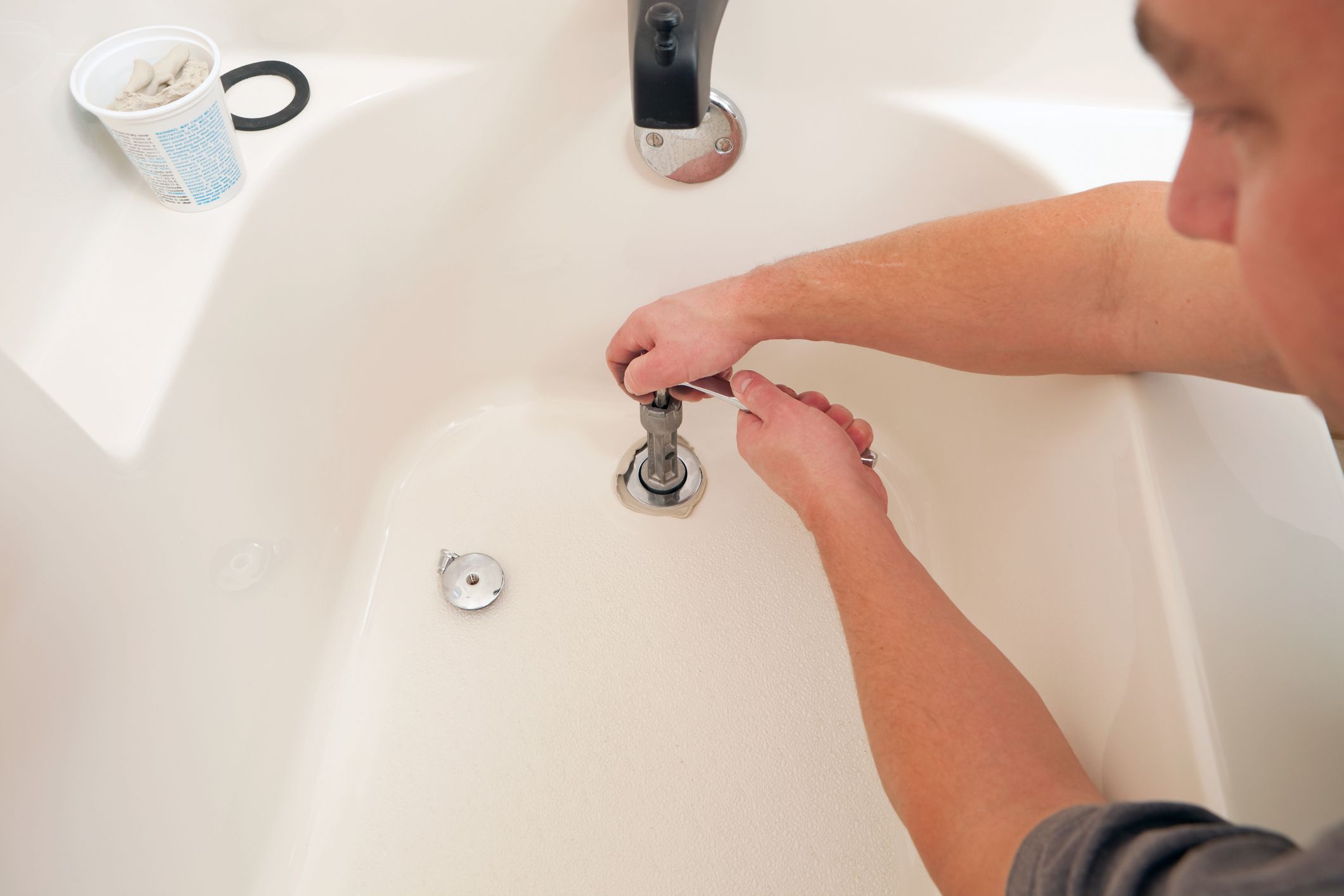
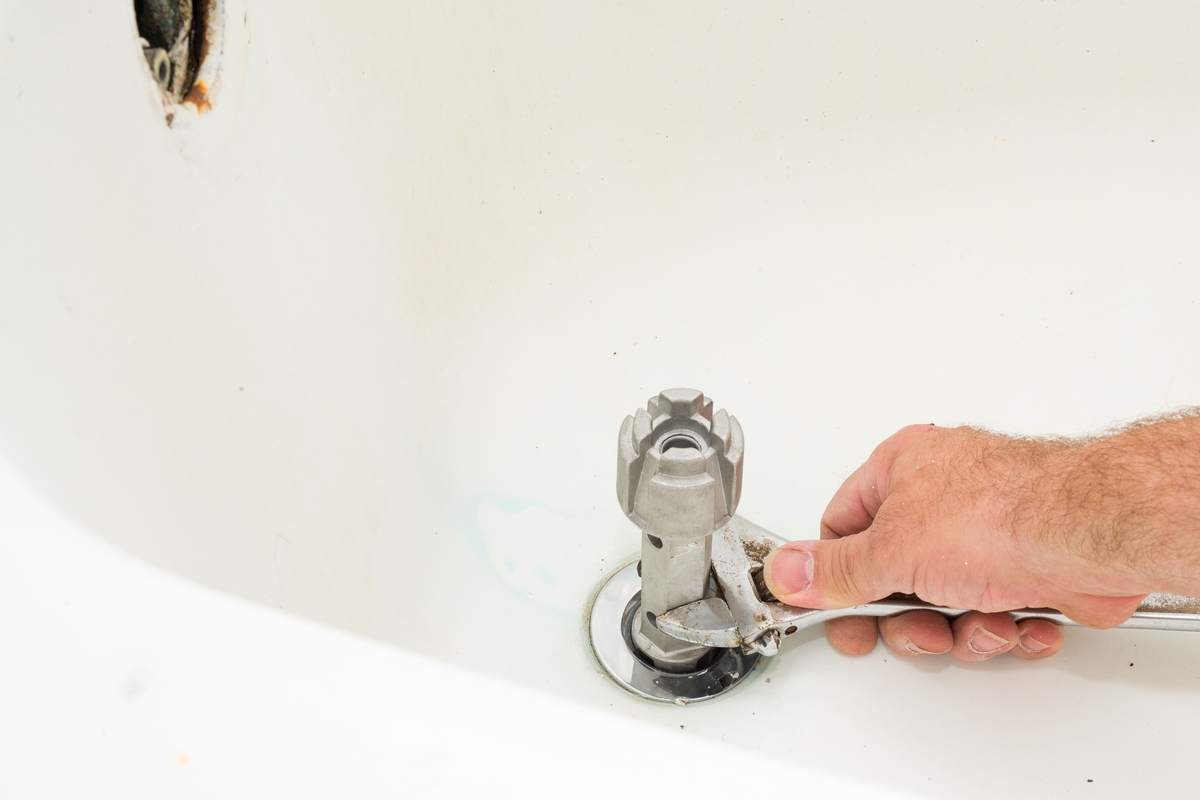

0 thoughts on “How Does Bathtub Drain Stopper Work”